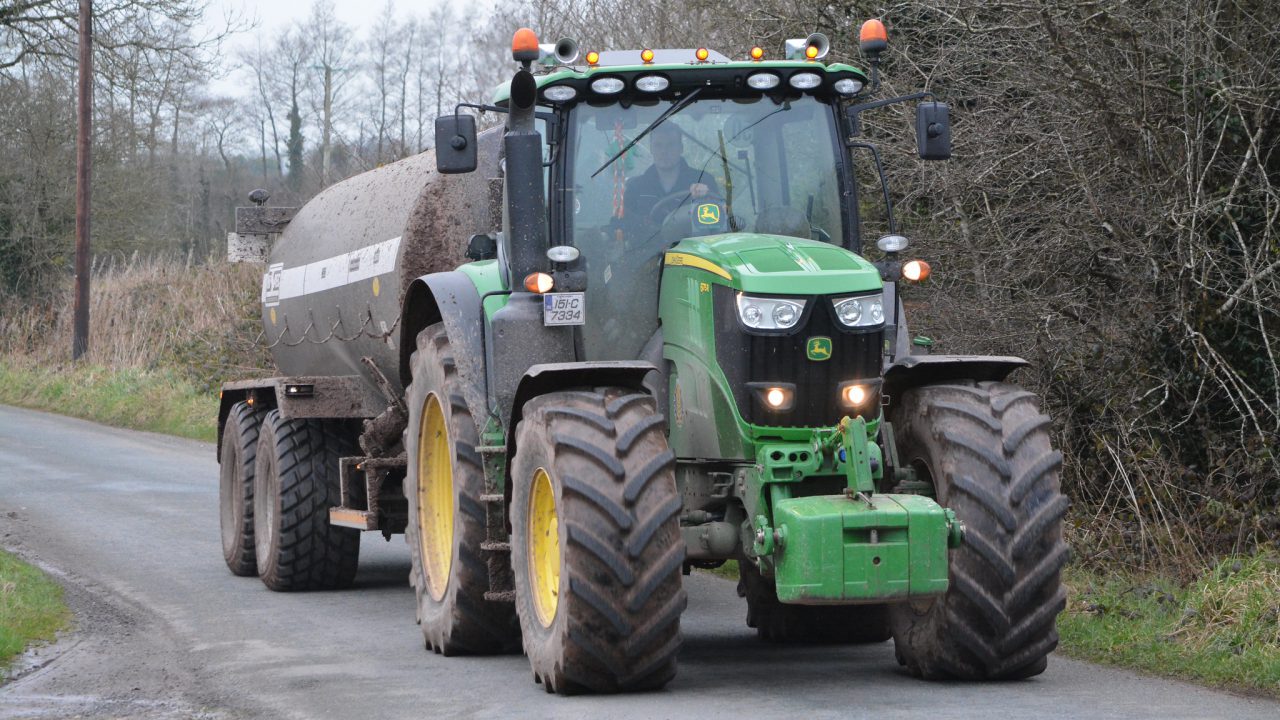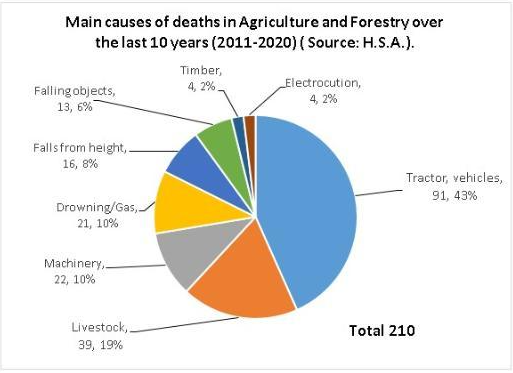The slurry season for 2021 has begun in two of the three zones, with many farmers now rushing to empty tanks.
It is important to take safety precautions, with 10% of farm deaths being slurry-related in the 10 year period to 2020.
Slurry deaths can arise from drowning or gassing. It can be difficult to determine which is the cause, but it is vital to put measures in place to protect against either cause.
The key controls related to slurry gassing are:
- Pick a windy day when there is a lot of air movement;
- Stay away from the agitation point for the first 30 minutes after agitation commences.
Drowning
Farmers are busy when working around an agitator and it is possible to lose concentration and ‘step-back’ into a slurry tank. As slurry is a viscous liquid with 6-8% solids it is not easy for a person to escape from this situation.
Also, the slurry agitator is running in the same vicinity and the possibility of entanglement arises.
The safety message from this scenario should be clear, have safety grids and barriers installed to prevent falling into slurry and maintain high vigilance when placing slurry agitators into position.
Gas
Slurry produces a range of gases based on the nature of the fermentation which occurs. Poisoning occurs ‘above ground’ due to the release of Hydrogen Sulphide ( H2S) which is more poisonous than Hydrogen.
H2S can be detected by smelling at 0.1 ppm but at 150 ppm the olfactory nerve which detects smell in the nose is desensitised and it then cannot be detected by smell.
Entering a Tank
Entering a slurry tank or any tank with organic material in it can be lethal and is not advised. The potential problem with entering a slurry tank is that gas such as H2S, methane, carbon dioxide or ammonia may be present.
In addition to the poisonous nature of some of these gases, they deplete oxygen levels which cause asphyxiation and instant death. Rescue is not possible and multiple fatalities have occurred when this has been attempted.
So not entering a tank is the key prevention measure. The farmer has little need to enter a tank and when the need arises it is best to hire persons or firms with the requisite training and equipment.
- Evacuate all livestock and make sure no person or animal is in or near the building;
- Avoid smoking and naked flames as the gas mixture can be highly flammable;
- Put up warning signs to warn of the dangers when working with slurry;
- Cover all slurry tank manhole openings;
- Beware of the risk of back injury if you need to lift slats in the shed;
- Use outdoor agitation points where possible – one lung full of slurry gas can kill;
- Evacuate and ventilate before you agitate;
- Open all doors and outlets to provide a draught;
- Avoid vigorous agitation in confined spaces;
- At least two people should be present and should stand up-wind;
- Keep children and elderly persons away from the area when agitating;
- Never stand over slats or near tank access points when agitation is in progress;
- Guard the PTO on the slurry tanker and agitator – do not use unless correctly guarded. A high proportion of PTO entanglements occur when using slurry tankers.

